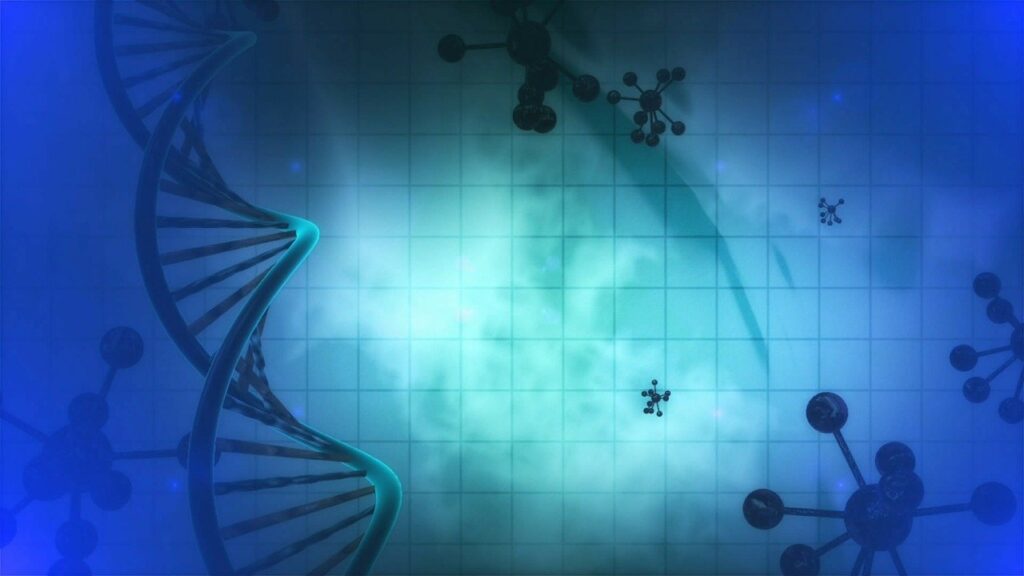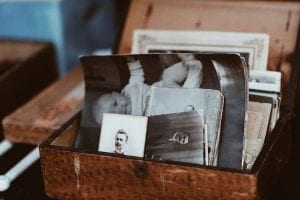According to a recent article in USA Today, the decades-old vision of gene therapy has become a reality for a Danish couple. Thomas Felborg, his wife Daria Rokina brought their fourteen-month-old child Alissa, who was diagnosed with Sandhoff disease, to the Memorial Medical Center at UMass. The couple had agreed to allow their daughter to have brain surgery. The surgeons used a procedure that scientists have been attempting to perfect for decades: gene therapy.
Cynthia Tifft M.D., a director at the National Institute of Health, agreed that in the very near future, gene therapy could be available to treat many diseases that thus far have not been treated successfully. Dr. Tifft mentioned that the list includes ALS, sickle cell disease, Huntington’s disease, Parkinson’s disease, certain types of heart disease, and other rare diseases.
Sandhoff disease, which is inherited, gradually destroys nerve cells in the brain and spinal cord. The disorder, a lipid storage disease, is the result of a deficiency in the enzyme beta-hexosaminidase, causing a buildup of harmful lipids.
Sandhoff disease is a severe form of Tay-Sachs disease, a disease mentioned by Dr. Tifft in the USA Today article. (The USA Today article is available here.)
Tay-Sachs also destroys nerve cells in the brain and spinal cord. The initial symptoms begin to appear between the ages of three to six months. The babies are unable to sit, turn over, or crawl.
In Tay Sachs and Sandhoff, the babies are kept alive through feeding tubes and supportive care but their condition continues to deteriorate.
A Momentous Decision
Alissa showed slight signs of normal mobility when she was a year old. However, her seizures increased, then she fell silent and could no longer move any part of her body. The urgency for the operation became obvious.
Thomas and his wife felt alone in making their critical decision about the operation. Two other babies had almost identical procedures but at a lower dose. The parents of these babies were not allowed to discuss their child’s condition due to privacy laws.
But last year Thomas and his wife met two Danish families who decided not to proceed with the gene therapy operation. This was despite their babies having received a Sandhoff diagnosis. Both babies have since succumbed to the disease.
Risk or the Reward After the Operation
It is much too early to predict whether Alissa will be cured or even survive into adulthood without having significant symptoms.
The outcome of Alissa’s parents not agreeing to the operation is certain: it means Alissa’s life may end in five years. That is a known fact if her parents do nothing.
The rewards are unknown but there are three main possibilities:
- Alissa’s disease could stabilize
- A successful treatment would slow the decline of the disease, or
- It could help Alissa gain new skills.
Alissa’s parents gradually came to a decision and agreed to the operation, which was performed on January 26, 2021, at UMass. Thomas and his wife are on paid leave from their jobs. Their stay in Massachusetts and Alissa’s treatment will be paid by Sio Gene Therapies, the biotech company that ran the trial.
After the Decision
Normally making the right decision brings relief. In this case, their decision brought more doubts and fears. Thomas said that they were tormented that the operation might keep Alissa alive, but her condition might remain the same or worsen.
On the other hand, if they did not agree to the operation, they would be tortured seeing Alissa’s condition continue to deteriorate knowing that there may have been an alternative.
The Trial
Miguel Sena-Esteves, a UMass researcher, worked on the project for over a decade. He is credited with designing the approach in which a virus transports DNA instructions that produce the missing enzyme. Alissa’s immune system is kept under control by medication which could allow her to be dosed again with the gene therapy in the future if needed.
Dr. Florian Eichler at the UMass General Hospital is the pediatric neurologist who treats Alissa. Dr. Eichler explained that the researchers believe that one of the factors that cause the disease is the toxic build-up of fats.
He believes that a cell can recover if doctors can deliver the enzyme and a normal copy of the gene.
About the Operation
Using an image-guided robotic arm, doctors injected the gene therapy into the two oval structures inside the brain called the thalamus. The intent is to unclog Alissa’s brain cells.
A day later using the same procedure, the doctors injected the gene therapy into the fluid surrounding Alissa’s spinal cord. The intent here was to penetrate the nerves in that area. The additional genes should give instructions to cells in her nervous system and brain to produce the enzyme that was missing.
Other patients participating in the trial will eventually receive higher doses than the dose that was administered to Alissa. But until this point, Alissa has been the first patient to receive a full dose in her brain and spinal cord. Her parents are hoping that it will be sufficient to make a difference.
Records show that one child who had thalamic surgery was not given a full dose due to a shortage of the therapy; yet her condition remains stable, according to Terence Flotte, who leads Alissa’s trial.
Alissa’s Condition Post Operation
In a sense, Alissa’s parents have already had a few rewards soon after the operation. Although her doctors warned the parents not to expect too much too soon, just one week post surgeries Alissa’s eyes appeared to focus for the first time.
Then in February, they began to see movement in her hands. Her appetite improved and she was able to drink from a baby bottle.
Alissa’s parents were elated. Not only was Alissa interacting and occasionally smiling, but one day she actually had an old fashion belly laugh. There was no apparent reason for her to laugh yet she has managed to laugh at least once almost every day.
Relearning Through Touch
Alissa’s mother, who was born in Russia, uses traditional massage for Alissa that she learned as a child. Dr. Eichler complimented the parents using the phrase “use it or lose it.” He said that continued stimulation is essential and provides much-needed activity for Alissa.
Her brain must be taught to recognize and sense her arms and legs as well as her spine and pelvis.
It is now three months since the surgery and Alissa’s doctors have begun tests looking for signs of improvement. The doctors are hoping to see evidence of progress on her MRI scan and that her brain is in repair mode.
Thomas refuses to take credit for improvements . When someone says how much they admire his courage he thinks “bravery may be close to stupidity.”
Dr. Eichler said the trial is a milestone for treating Sandhoff and other similar diseases.
Looking Forward
There are many more obstacles that must be addressed such as which cells should be targeted and what is meaningful change.
Alissa’s parents have agreed to be realistic about Alissa’s response to the gene therapy trial. They fully understand that Alissa will never be like other children, but they hope the trial helps others. They would be grateful if their daughter can one day communicate with them.








